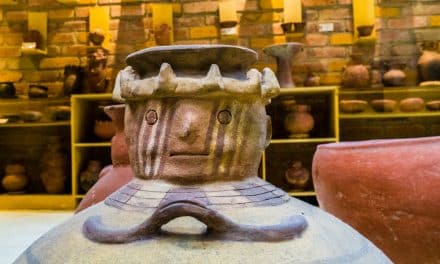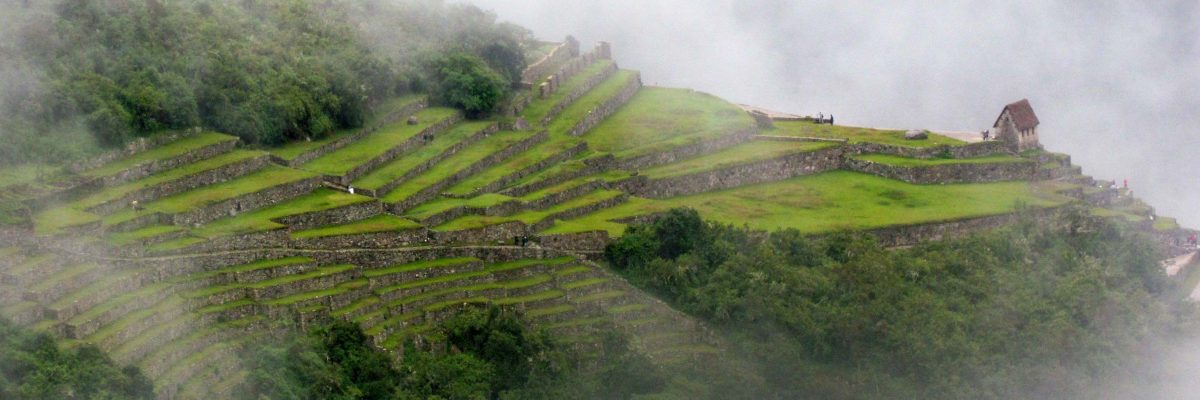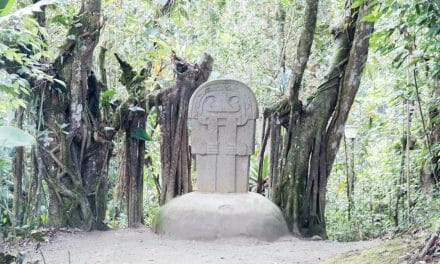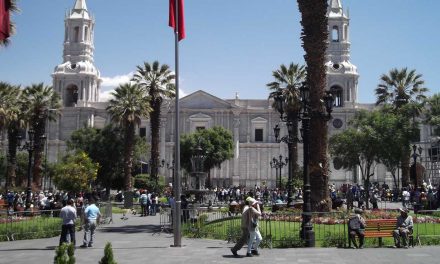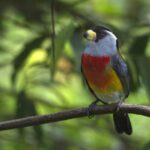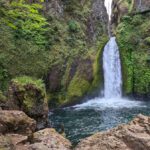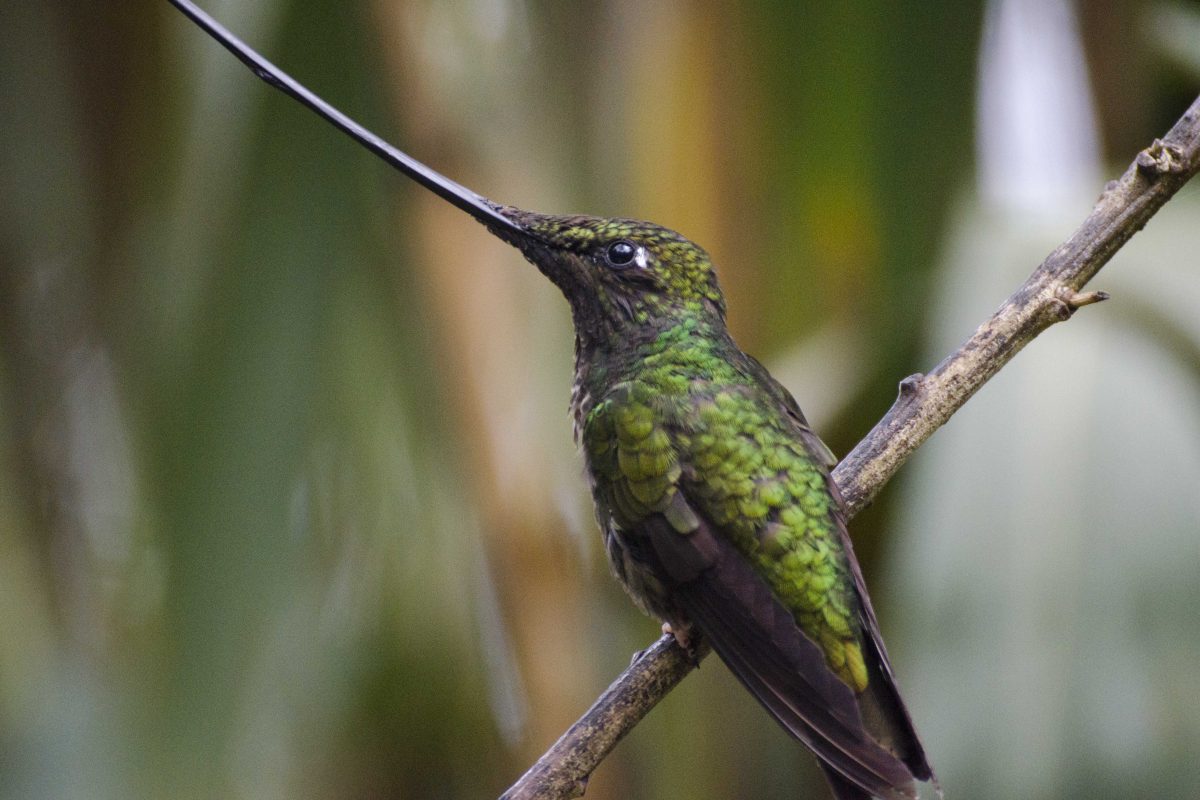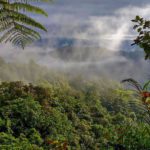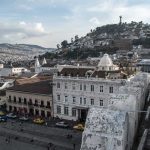The Pre-Colombian Art Museum in Cusco is a small but visit-worthy addition to any tourist itinerary. Basicly, this museum should be on everyone’s list of things to do in Cusco.
A Beautifully Curated Museum
The collection at Cusco’s Pre-Colombian Art Museum is well-preserved, beautifully presented, and extremely well organized by era and by tribe. The maps in each room allowed us to follow the progress of each successive group of people that conquered the tribe before it. For North Americans who did not study South American history in school, it was eye-opening to learn about how much there is to learn about the time before the Inca, not just the time before Spanish colonists arrived in 1492.
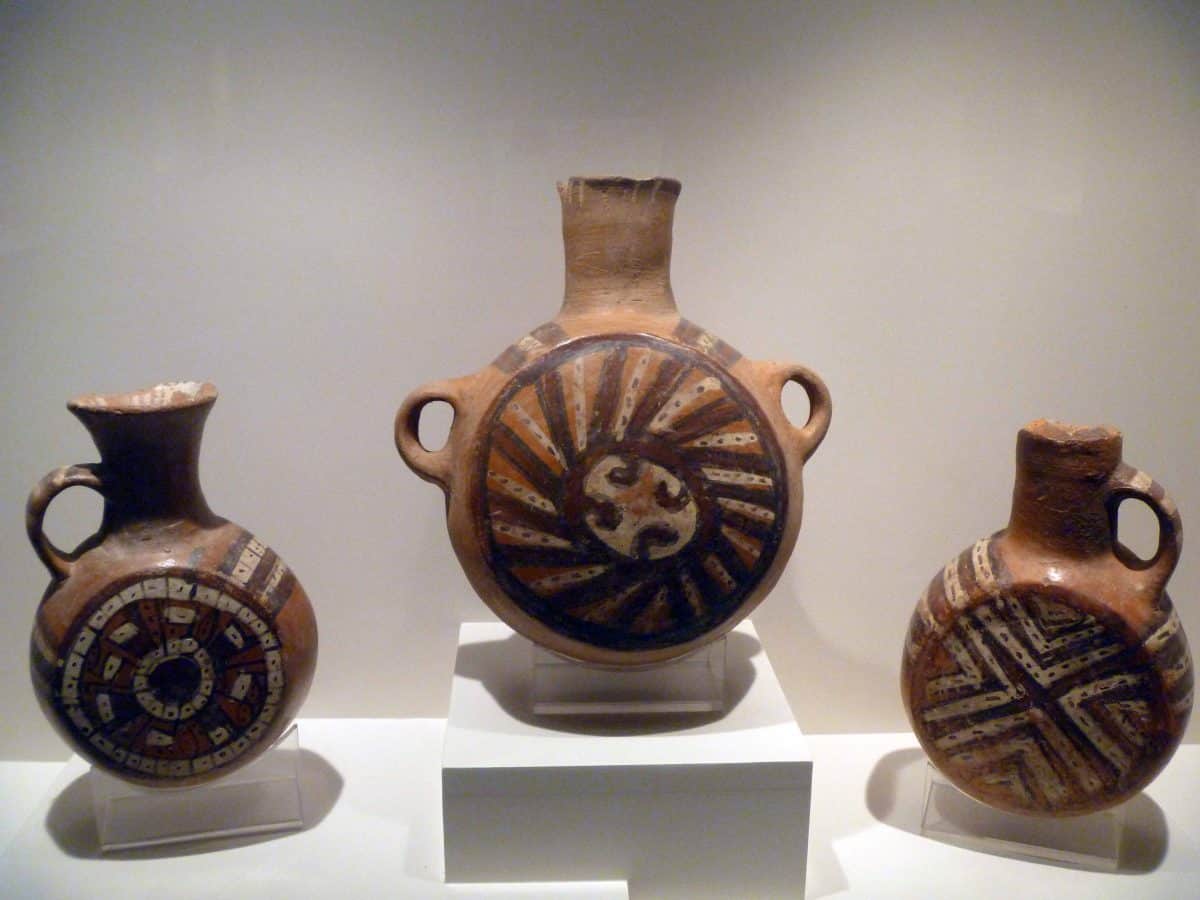
These pre-Incan cultures were rich in ceramics and in wood carvings as was evident in the displays.
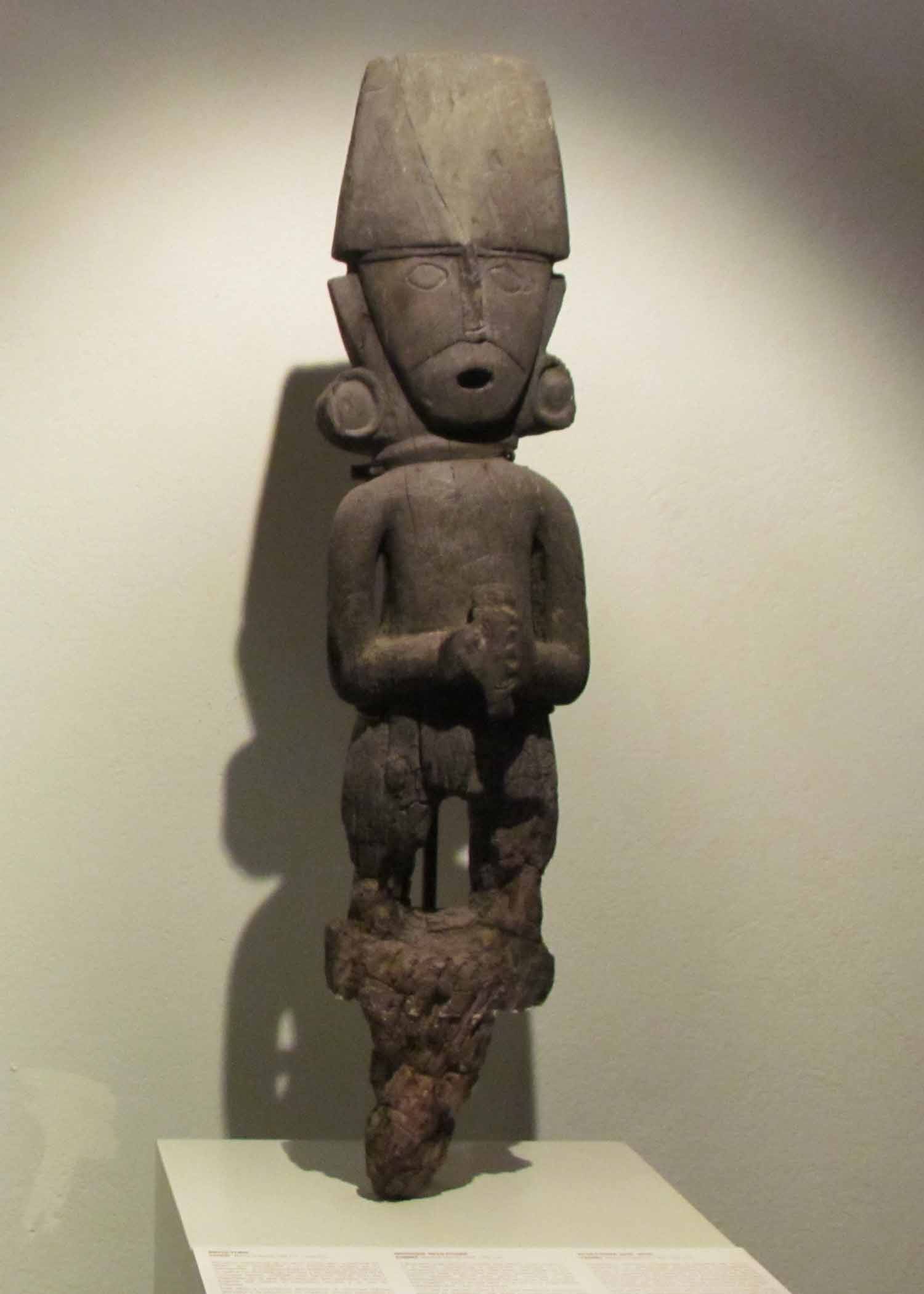

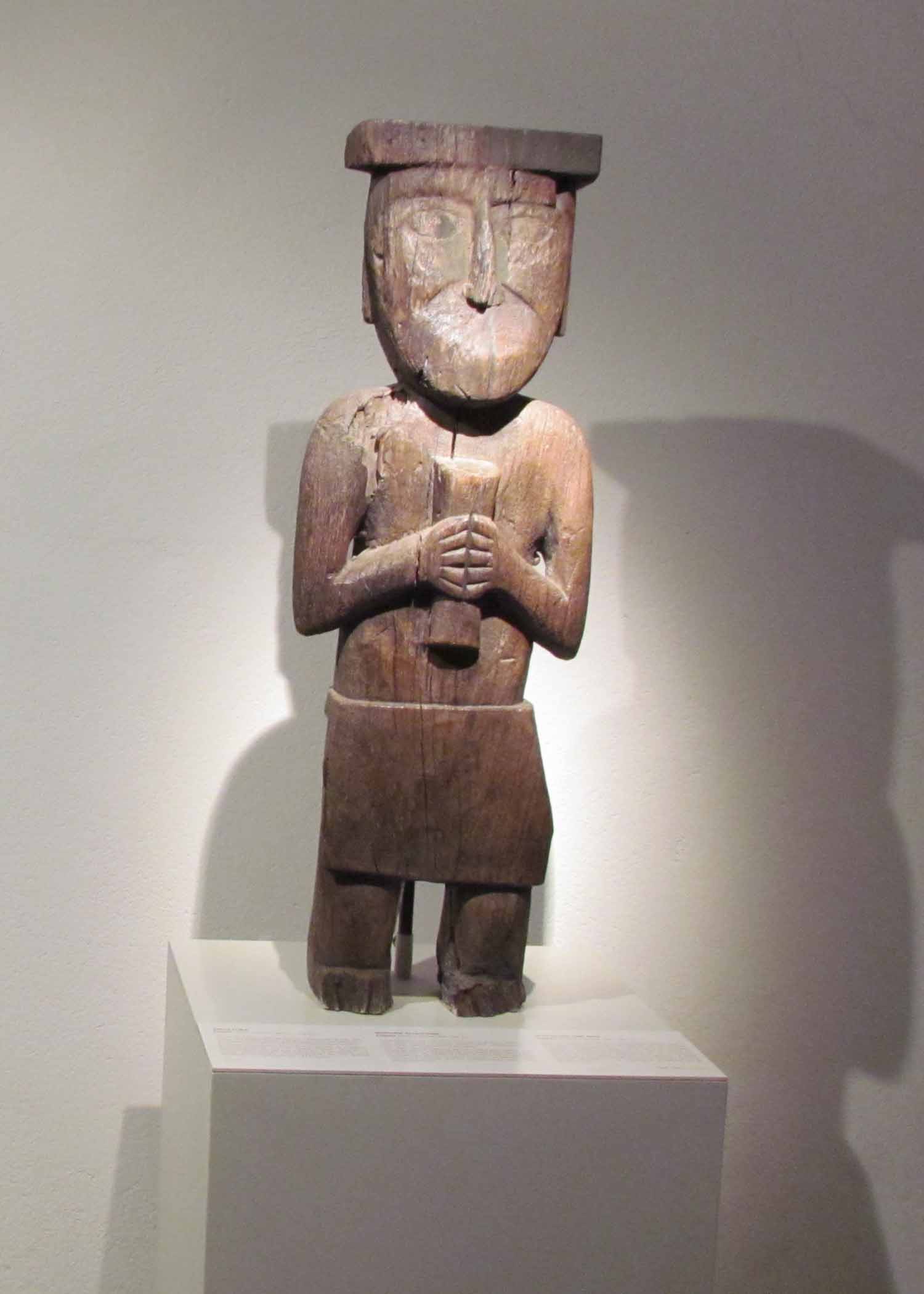
The museum had an impressive collection of nose rings and of weapons made from metal. However, my favorite was the jewelry made from shells. These shells are the famous Spondylus that helped spawn an entire trade network up and down the ancient coasts of modern day Peru and Ecuador.


While the museum opened at 8 am, no one else knew that but us; we basically had the place all to ourselves! We recommend arriving early to take advantage.
The museum also offered a bonus we hadn’t expected, The Center for Traditional Textiles of Cusco. Located just off the inner courtyard, this community project provides space to fiber artists to demonstrate their craft and to sell their handiwork. Unfortunately, their operating hours are slightly different. That meant we had time to go have a coffee in the nearby plaza while we waited until 10 am.

When we returned, two artists were hard at work. A gentleman was sitting in a chair up against the wall and was knitting a cap using five needles and several different colors of yarn. A woman was seated on the ground in front of a large backstrap loom, working on a piece about the width of a table runner, but potentially much longer. Both were dressed in brightly colored, local costume. I know that their items of clothing and the style of weaving gave clues to their home villages. I I ever have the chance to stay longer in Peru, I would love to learn more about each region and the weaving techniques they practiced.




